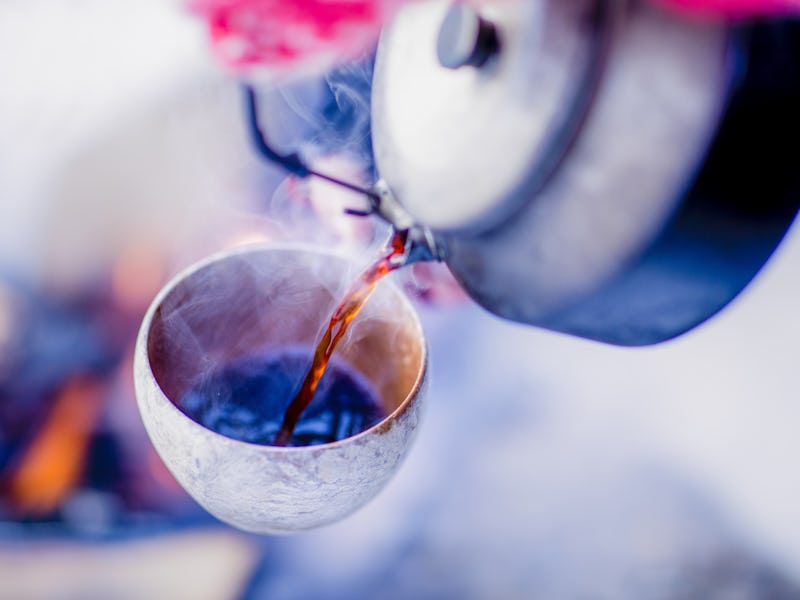Debate Over Coffee's Cancer Risk Will Make You Question Your Favorite Roast
It's not clear whether dark or light roasts are any more risky.

The brew turned bitter for California coffee-slingers this week as a Los Angeles judge ruled that all coffees sold in the state had to be served with a steaming hot warning about cancer risk. The ruling was a response to fears raised in 2010 about the cancer risk posed by a compound called acrylamide, which winds up in coffee as a consequence of roasting beans.
On Wednesday, Los Angeles Superior Court Judge Elihu Berle ruled that retailers had to alert consumers to acrylamide in their coffee and that some 90 companies, including Starbucks and McDonalds, had failed to do so. Very high doses of acrylamide have been shown to increase cancer risk in studies on animals but not yet in humans, though it is clear that California does not want to take any chances. Given what we already know about the way acrylamide forms in coffee the first place, it may be worth it for scientists to consider variations in cancer risk stemming from different types of roasts.
Acrylamides are a byproduct of roasting beans.
It might seem intuitive that beans roasted for a longer period of time have more acrylamides, but the research suggests it’s more complicated than that. A report on acrylamide from the U.S. Food and Drug Administration states: “High temperature cooking, such as frying, roasting, or baking, is most likely to cause acrylamide formation. … Generally, acrylamide is more likely to accumulate when cooking is done for longer periods or at higher temperatures.” However, the last time the FDA looked at relative acrylamide levels in regular versus dark roasts, the numbers varied quite a bit.
That report, featuring data collected between 2002 and 2003, showed acrylamide levels, in parts per billion (p.p.b.), in dark roasts (like Café Bustelo Dark Roast, Starbucks Coffee French Roast) and in regular ones (Chock full o’ Nuts All-Method Grind, Folgers Classic Roast). The numbers showed no discernible trend: dark roasts ranged from 97 to 319 p.p.b., while regular roasts ranged from 37 to 374 p.p.b. Whether any type of roast is any better or worse in terms of acrylamide content remains an open question to food scientists.
As with all toxins, however, the danger is in the dose. In the studies showing rodents’ cancer risk rose as a result of acrylamide, the animals were exposed to milligram-level doses of the compound; according to the FDA, humans in general are exposed to only microgram-level doses (three order of magnitude smaller).
So far, there’s no clear distinction between the risks posed by dark and regular roasts — or how big a cancer risk acrylamide poses to humans in general. Until scientists find out, the best we can do is stay informed, though it probably won’t hurt to take steps to reduce acrylamides in our food when we can.